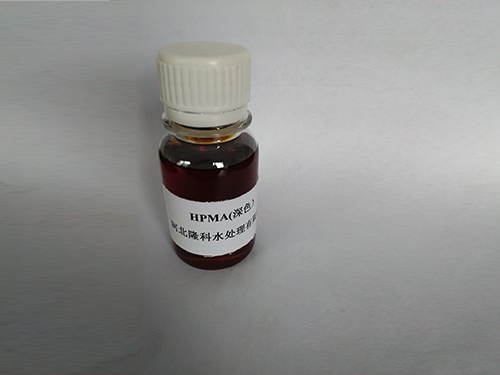Synthesis and Applications of Ethylenediaminetetra Methylenephosphonic Acid in Modern Chemistry
Ethylenediaminetetra(methylenephosphonic acid) An Overview
Ethylenediaminetetra(methylenephosphonic acid), commonly referred to as EDTMPA, is a chemical compound belonging to the family of phosphonic acids. With a complex molecular structure, EDTMPA has garnered attention in various fields such as chemistry, environmental science, and biomedical applications due to its unique properties and versatile uses.
Chemical Structure and Properties
EDTMPA is characterized by its ethylenediamine backbone with four methylenephosphonic acid groups attached. This configuration enables the molecule to exhibit chelating properties, allowing it to bind effectively with metal ions. The phosphonic acid groups provide significant acidity and enhance the compound's solubility in water, making it highly effective in various applications. Its strong affinity for metal ions, particularly calcium, magnesium, and iron, allows it to be employed in diverse industrial processes.
Applications in Water Treatment
One of the most significant applications of EDTMPA is in water treatment. It serves as a scale inhibitor and a corrosion inhibitor in cooling water systems, oil fields, and industrial processes. The chelating properties of EDTMPA help in sequestering hardness ions, which can lead to scale formation in pipes and equipment. By binding to these ions, EDTMPA minimizes scale buildup and enhances the efficiency of water systems.
In addition, EDTMPA is used to stabilize metal ions in wastewater treatment, preventing the precipitation of harmful compounds. Its ability to maintain metal ions in solution provides improved efficacy in treatment processes, leading to reduced environmental impact and compliance with regulatory standards.
Biological Applications
ethylenediaminetetra methylenephosphonic acid

Beyond industrial uses, EDTMPA has shown promise in the field of medicine and biochemistry. Its biocompatibility and chelating ability enable it to function effectively in various pharmaceutical applications. Researchers have explored its potential in drug delivery systems, where it can facilitate the transport of therapeutic agents by binding to metals that are essential for biological functions.
Furthermore, EDTMPA's role in the prevention of mineral deposits in biological systems is noteworthy. In dental applications, for instance, chelating agents like EDTMPA can help prevent the formation of calculus and tartar in oral health products. Its ability to inhibit the crystallization of calcium phosphate makes it a valuable ingredient in toothpaste and mouth rinses.
Environmental Impact
The environmental implications of using EDTMPA are also a matter of growing interest. While the compound provides effective solutions in various industries, its persistence in the environment can lead to unintended consequences. Its ability to bind with metals may influence the bioavailability of these metals in ecosystems. Consequently, studies are being conducted to evaluate its environmental fate, potential toxicity, and ecological impact.
As the demand for sustainable practices increases, researchers are exploring ways to mitigate the environmental effects of chemical compounds like EDTMPA. Developing biodegradable alternatives or utilizing EDTMPA in a manner that minimizes environmental risks is essential for the future.
Conclusion
Ethylenediaminetetra(methylenephosphonic acid) serves as a valuable tool across multiple sectors, from water treatment and industrial applications to biomedical research. Its unique chemical properties enable it to interact with metal ions effectively, making it integral in various processes. However, the environmental implications of its use must not be overlooked. Ongoing research is crucial to ensure that EDTMPA and similar compounds can be harnessed responsibly, balancing their benefits against potential ecological risks. As the scientific community continues to explore its multifaceted applications, EDTMPA will undoubtedly play a significant role in both industry and research.
-
Pbtc Scale InhibitorPBTC: A Scale Protector for Industrial Water TreatmentNewsAug.05,2025
-
Organic Phosphonate: An Efficient Defender in the Field of Scale InhibitionNewsAug.05,2025
-
Hydrolyzed Polymaleic Anhydride: Green Pioneer in Scale Inhibition FieldNewsAug.05,2025
-
PAPEMP Polyamino Polyether Methylene Phosphonic Acid For SaleNewsAug.05,2025
-
Flocculant Water Treatment: A Pioneer in Purification in the Field of Water TreatmentNewsAug.05,2025
-
Benzyl Isothiazolinone: An Efficient and Broad-Spectrum Antibacterial Protective GuardNewsAug.05,2025





